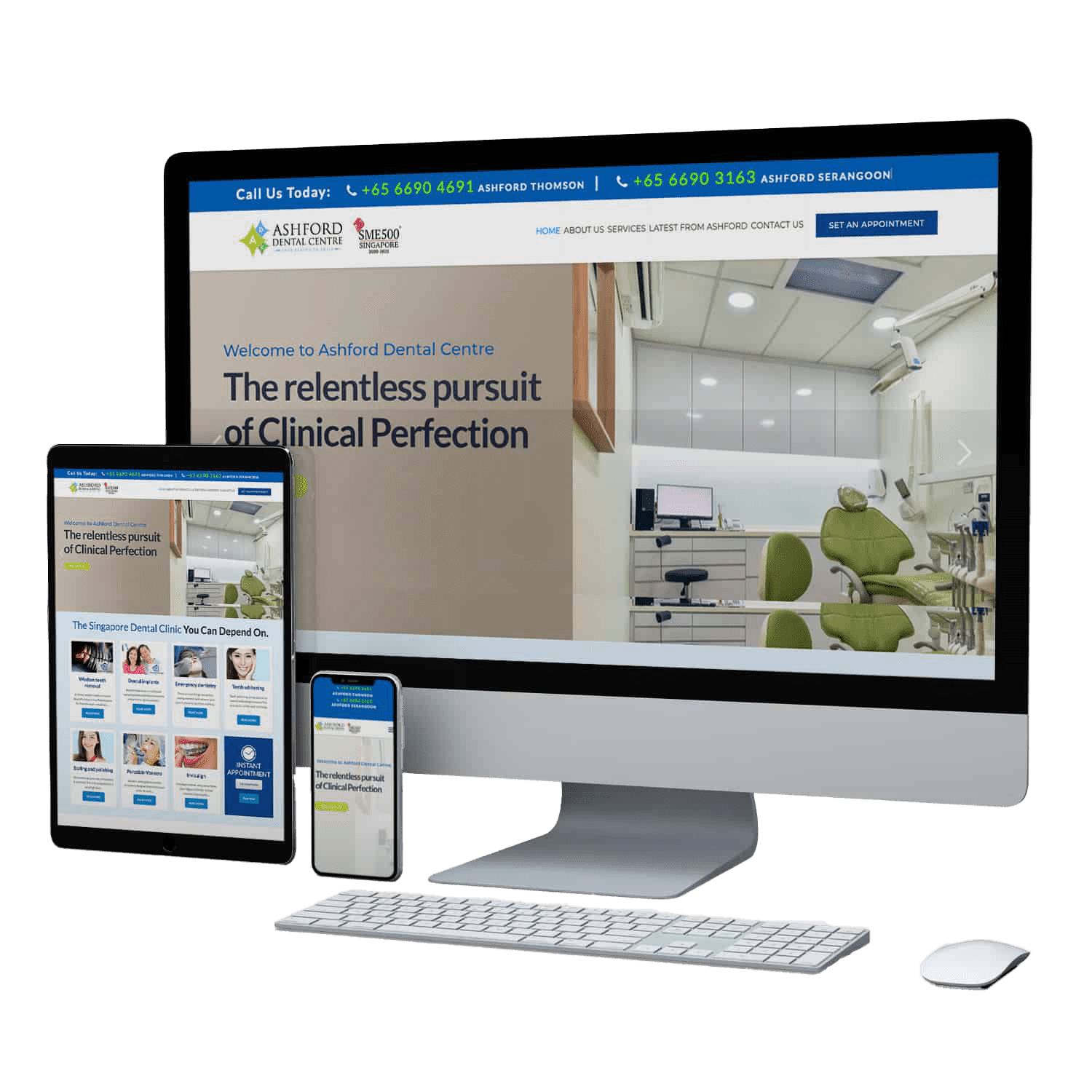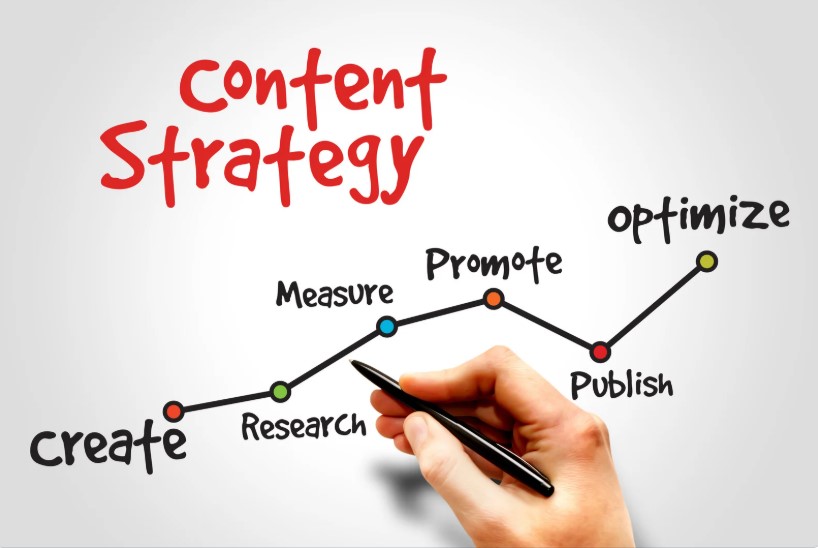The Power of Effective Appointment Setting in Sales Growth
Behind every successful sales pipeline lies a well-executed appointment-setting strategy. Appointment setters are often the bridge between potential clients and sales teams, and the strength of this bridge can make or break a company’s growth. Having a strategic approach allows businesses to focus on quality rather than quantity, ensuring that every appointment is with a genuinely interested prospect. Instead of making endless cold calls, effective appointment setter strategies emphasize understanding human behavior and building trust. It’s not just about filling up the calendar—it’s about aligning opportunities with actual needs. Businesses that master this skill often experience better conversion rates and improved customer relationships. With a focused system and clear intent, appointment setting becomes an art of meaningful connection, not just another sales task.
Mastering the Fundamentals of Appointment Setting
Before a call is made or an email is sent, preparation is the foundation of success. A well-prepared appointment setter understands the target market, their challenges, and what motivates them to act. Researching prospects is essential—it transforms generic outreach into personalized engagement that resonates. A well-defined objective for every contact ensures that every action has purpose and direction. Effective appointment setters also create structured scripts that guide the flow of conversation without sounding robotic. Personalization and clarity in tone establish credibility early, setting the stage for trust. When appointment setters focus on value-driven conversations, they naturally position themselves as problem solvers rather than salespeople. This simple shift turns routine calls into powerful opportunities that can lead to long-term partnerships.
Communication Techniques That Convert Prospects into Meetings
Communication is the heartbeat of every successful appointment-setting interaction. It starts with listening—really listening—to what prospects say and how they say it. Identifying their needs allows you to tailor your pitch and present your offer as a solution. Persuasive communication relies not on pressure but on curiosity, clarity, and empathy. Appointment setters should focus on language that instills confidence while maintaining authenticity. There’s a fine balance between being professional and being human, and mastering this tone makes prospects feel comfortable enough to commit to a meeting. Rejection will always be part of the process, but how you respond determines your future success. Instead of seeing rejection as failure, top-performing appointment setters use it as feedback to improve their approach and refine their message.
Key communication tips to remember:
- Listen more than you talk.
- Mirror the tone and energy of your prospect.
- Ask open-ended questions that lead to meaningful dialogue.
- Avoid jargon that confuses or overwhelms.
- Express genuine enthusiasm for helping solve the prospect’s problem.
Building a High-Performing Appointment Setting Process
A structured and consistent process helps appointment setters stay organized and results-oriented. Developing a clear daily workflow keeps distractions minimal and productivity high. Appointment setters who manage their time well are able to handle follow-ups efficiently while maintaining steady outreach volume. CRM tools play a major role in streamlining lead tracking, ensuring that no opportunity is overlooked. Setting measurable KPIs such as call-to-appointment ratios or response times provides tangible ways to monitor improvement. While scripts serve as helpful guides, it’s equally important to know when to deviate for more natural conversations. The best appointment setters strike the right balance between structure and spontaneity, adapting to each interaction as it unfolds. Over time, refining this process leads to consistency, predictability, and better results across the board.
Leveraging Technology to Enhance Appointment Setter Strategies
In the digital age, technology has transformed the way appointment setters operate. Tools powered by artificial intelligence can automate routine tasks, freeing up time for meaningful engagement. Scheduling platforms simplify coordination, ensuring that appointments are confirmed without endless back-and-forth emails. Data analytics can reveal insights about the best times to contact leads or the types of messages that get the highest response rates. These details help appointment setters work smarter, not harder. Despite automation, maintaining a human touch remains vital—people still respond best to authenticity and empathy. Combining automation with personalization makes the entire process more efficient and more impactful. Technology should enhance the strategy, not replace it, allowing appointment setters to focus on what they do best—building genuine connections that lead to closed deals.
Crafting Persuasive Appointment-Setting Messages
Writing messages that get noticed in a crowded inbox requires skill and psychology. Every email or message should start with a compelling subject line that sparks curiosity. Personalization—mentioning something specific about the recipient—instantly increases engagement. Storytelling is another effective way to make your message relatable and memorable. Instead of focusing on your product, focus on the problem your prospect faces and the outcome they desire. On social platforms like LinkedIn or Facebook, short, value-driven messages tend to perform better than lengthy pitches. A friendly tone paired with professionalism makes recipients more likely to respond. And when it comes to follow-ups, timing is key—each message should build on the previous one, maintaining interest without feeling pushy.
Effective messaging techniques include:
- Start with personalization and relevance.
- Highlight benefits over features.
- Use storytelling to connect emotionally.
- Keep your tone conversational but confident.
- End with a clear call to action that encourages the next step.
Appointment Setter Mindset: Building Confidence and Consistency
Mindset plays a crucial role in appointment setting. Confidence, persistence, and optimism directly influence how prospects perceive your communication. Appointment setters who approach each call with enthusiasm are more likely to create positive interactions. Rejection is inevitable, but maintaining emotional resilience ensures that one negative response doesn’t affect the next conversation. Setting realistic goals and celebrating small wins builds motivation over time. Continuous learning—through mentorship, feedback, or training—strengthens both skills and confidence. The right mindset not only improves performance but also fosters long-term career growth in the competitive sales world. When you believe in the value of what you’re offering, it naturally reflects in every word you say.
Common Mistakes to Avoid in Appointment Setting
Even skilled professionals can fall into common traps that hurt results. Over-reliance on rigid scripts often makes conversations sound robotic, reducing engagement. Ignoring valuable data such as call outcomes or lead behavior prevents improvement. Many appointment setters also struggle with poor timing—calling too early, too late, or too frequently can turn potential leads away. Another common mistake is lack of follow-through; without consistent follow-ups, warm leads can easily go cold. Finally, some overlook post-appointment nurturing, assuming the job ends once a meeting is booked. Avoiding these mistakes requires awareness and adaptability. Successful appointment setters continuously evaluate their approach, learn from every interaction, and refine their strategies to stay ahead of the curve.
Measuring Success and Continuous Improvement
Tracking performance is essential to ensure your appointment setter strategies remain effective. Measuring metrics such as call-to-appointment and appointment-to-sale ratios reveals valuable insights into what’s working and what’s not. Using CRM dashboards, teams can analyze patterns and optimize scripts, timing, and outreach methods. Gathering feedback from both clients and peers helps uncover blind spots and identify opportunities for enhancement. Continuous training sessions and workshops promote collaboration and shared learning within the team. Encouraging open discussions about challenges fosters innovation and creativity. When leadership supports this process, appointment setters feel empowered to experiment, learn, and grow. Continuous improvement ensures long-term sustainability and consistent success across all sales efforts.
Frequently Asked Questions (FAQ)
1. What are the key metrics to measure appointment setter success?
Important metrics include call-to-appointment ratio, appointment-to-sale ratio, response rate, and no-show rate. Tracking these helps identify where improvements are needed.
2. How can beginners improve their appointment-setting results quickly?
Beginners should focus on consistent practice, personalized outreach, and learning to handle objections gracefully. Listening and empathy often lead to faster improvements than memorizing scripts.
3. What tools do professional appointment setters use daily?
Common tools include CRM software like HubSpot or Salesforce, scheduling tools such as Calendly, and communication platforms like Zoom or LinkedIn Sales Navigator.
4. How many follow-ups are ideal before giving up on a lead?
Studies show that it often takes 5–7 follow-ups before a response. Persistence is key, but messages should always add value and avoid sounding repetitive.
5. What are some ways to make cold calling less intimidating?
Preparation, mindset, and reframing cold calls as problem-solving conversations help reduce anxiety. The more you focus on helping, the less stressful it becomes.
Takeaway
Appointment setter strategies are more than techniques—they’re a mindset and system that combine communication, structure, and empathy. With the right preparation, tools, and consistency, appointment setters can turn every outreach into a meaningful opportunity. By mastering communication, leveraging technology, and continuously refining their approach, professionals can transform appointment setting from a routine task into a powerful growth engine. Staying adaptable and motivated is the ultimate key to long-term success in this ever-evolving field.















